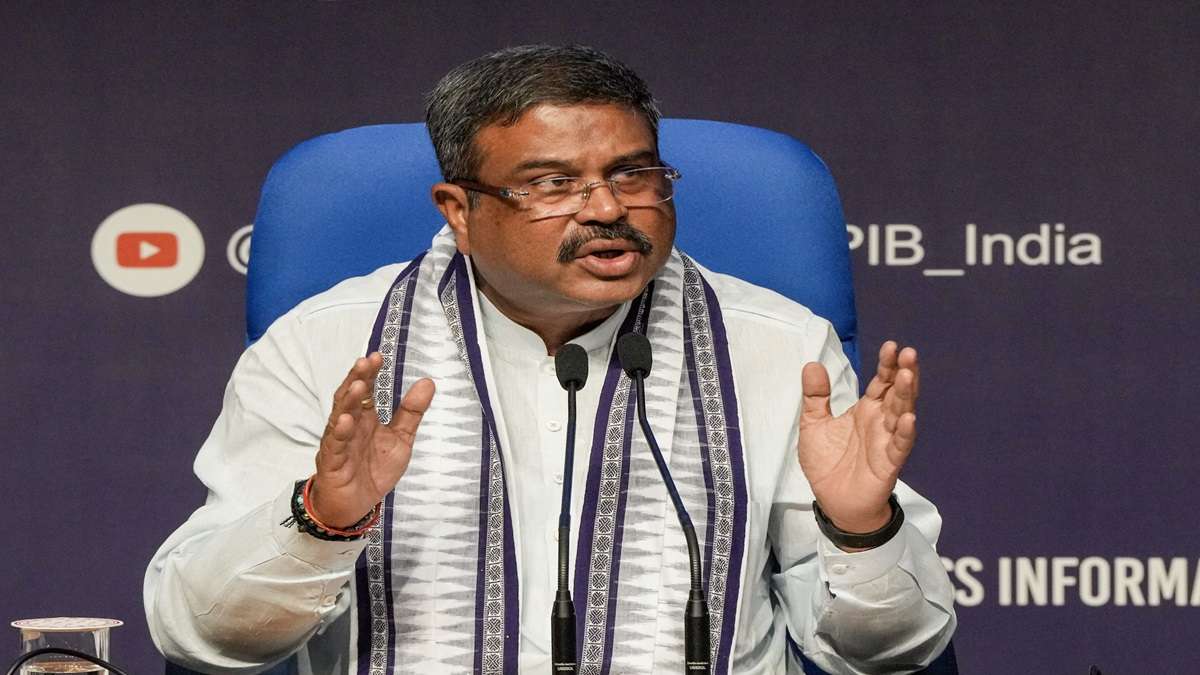The Ministry of Education and the University Grants Commission (UGC) have launched a major initiative to enhance educational resources in Indian languages. This project, named ASMITA (Augmenting Study Materials in Indian Languages through Translation and Academic Writing), aims to develop 22,000 books over the next five years.
Project Launch
The launch event, attended by Sanjay Murthy, Secretary of Higher Education, highlighted the potential impact of ASMITA on the educational landscape. The project represents a collaborative effort between the UGC and the Bharatiya Bhasha Samiti, a high-powered committee established by the ministry.
Objectives of ASMITA
The primary objective of ASMITA is to promote and integrate Indian languages more deeply into the education system, enriching the learning experience and making it more inclusive. This initiative is part of a broader strategy to enhance the accessibility and quality of educational materials across various Indian languages.
Minister’s Statement
Education Minister Dharmendra Pradhan stated on X (formerly Twitter) that the launch of three landmark initiatives—ASMITA, Bahubhasha Shabdkosh, and Real-time Translation Architecture—will empower learners and preserve India’s language traditions. These initiatives align with the National Education Policy (NEP) and aim to create a comprehensive pool of academic resources in 22 scheduled languages, bridging the linguistic divide, fostering social cohesion, and transforming the country’s youth into socially responsible global citizens.
UGC Chairman’s Remarks
UGC Chairman Jagadesh Kumar explained that the project aims to create a robust ecosystem for translation and original book writing in Indian languages across various disciplines within higher education. The goal is to produce 1,000 books in 22 languages within five years, resulting in a total of 22,000 books.
Implementation
Thirteen nodal universities have been identified to lead the project, along with member universities from various regions. The UGC has established a standard operating procedure (SOP) for the book-writing process in each assigned language. The SOP includes the identification of nodal officers, authors, allocation of title, subject, and programme, writing and editing, manuscript submission, review and plagiarism check, finalisation, designing, proofreading, and e-publication.
Additional Initiative: Bahubhasha Shabdakosh
The ministry also launched the “Bahubhasha Shabdakosh,” a single-point reference for words in all Indian languages and their meanings. This initiative, developed by the Central Institute of Indian Languages (CIIL) in collaboration with the Bharatiya Bhasha Samiti, aims to facilitate the use of Indian words, phrases, and sentences in various new-age domains like IT, industry, research, and education.
Multiple Choice Questions (MCQs):
1. What is the name of the initiative launched to enhance educational resources in Indian languages?
- a) BHASHA
- b) ASMITA
- c) SHABD
- d) GYAN
- Answer: b) ASMITA
2. How many books does the ASMITA project aim to develop over the next five years?
- a) 10,000
- b) 15,000
- c) 22,000
- d) 25,000
- Answer: c) 22,000
3. Who is leading the ASMITA project?
- a) Ministry of Culture
- b) Ministry of Education
- c) University Grants Commission (UGC)
- d) National Council of Educational Research and Training (NCERT)
- Answer: c) University Grants Commission (UGC)
4. Which high-powered committee is collaborating with the UGC on ASMITA?
- a) Indian Languages Committee
- b) Bharatiya Bhasha Samiti
- c) National Language Committee
- d) Indian Translation Committee
- Answer: b) Bharatiya Bhasha Samiti
5. What additional initiative was launched alongside ASMITA to serve as a reference for words in all Indian languages?
- a) Multi-language Dictionary
- b) Indian Lexicon
- c) Bahubhasha Shabdakosh
- d) Language Reference Book
- Answer: c) Bahubhasha Shabdakosh
